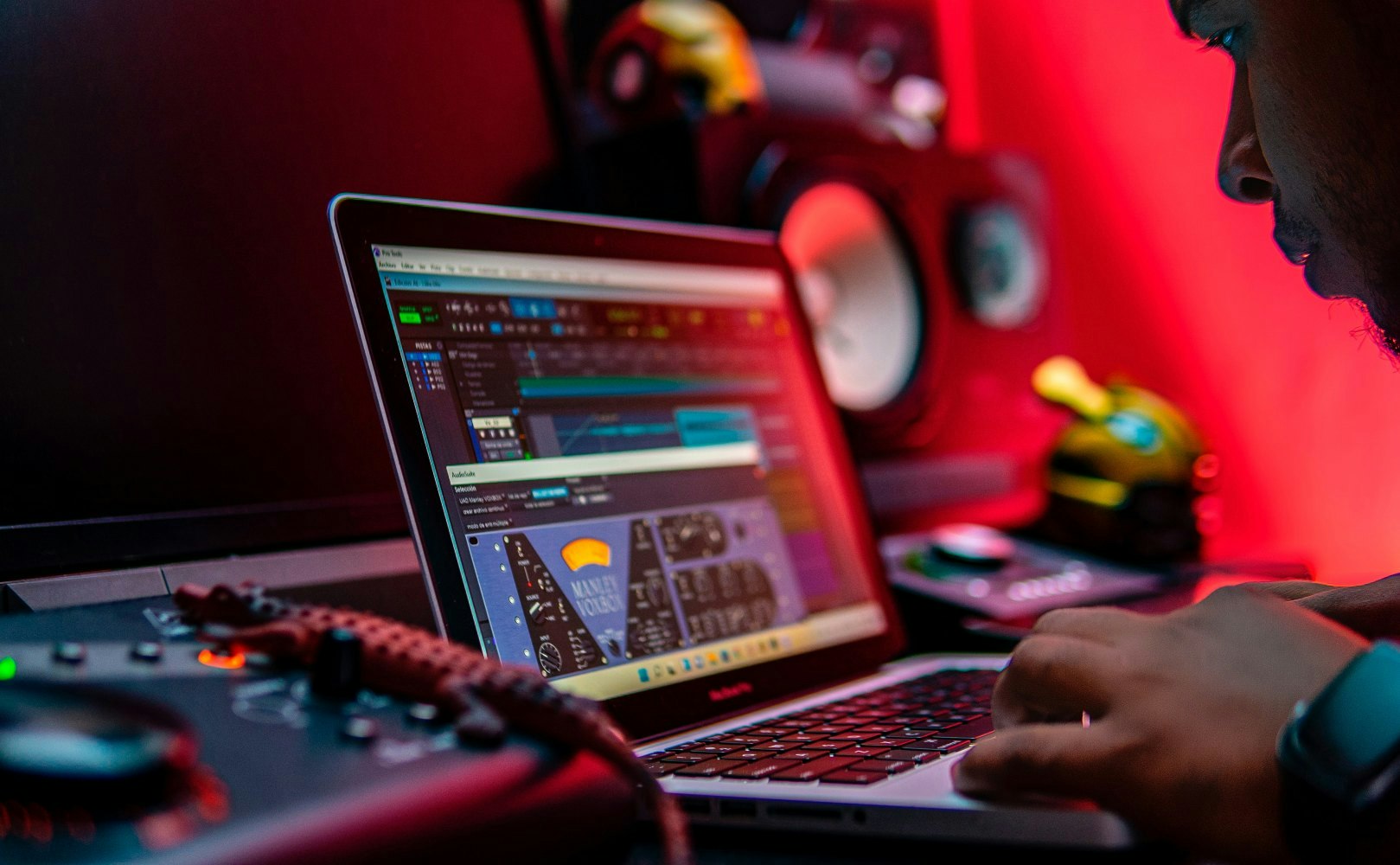
■ Features
Will Bradbury offers an insight into how music compression works, and why and how you should use compression in mixing.
Understanding and using compression to its full potential is an essential skill when you're learning how to produce music. Even getting to grips with the basics will result in an immediate improvement in your tracks.
To avoid any confusion, in this article we will specifically look at dynamic range compression as opposed to audio data compression.
What does compression mean in music?
Compression is used to reduce the dynamic range of a track. This is most commonly done by attenuating the ‘transients’ (peaks in the waveform), in turn bringing out the quieter details, which otherwise may not be heard so clearly.
Compression can also be thought of as squashing the sound wave – taking out these peaks and bringing out the sustained tones.
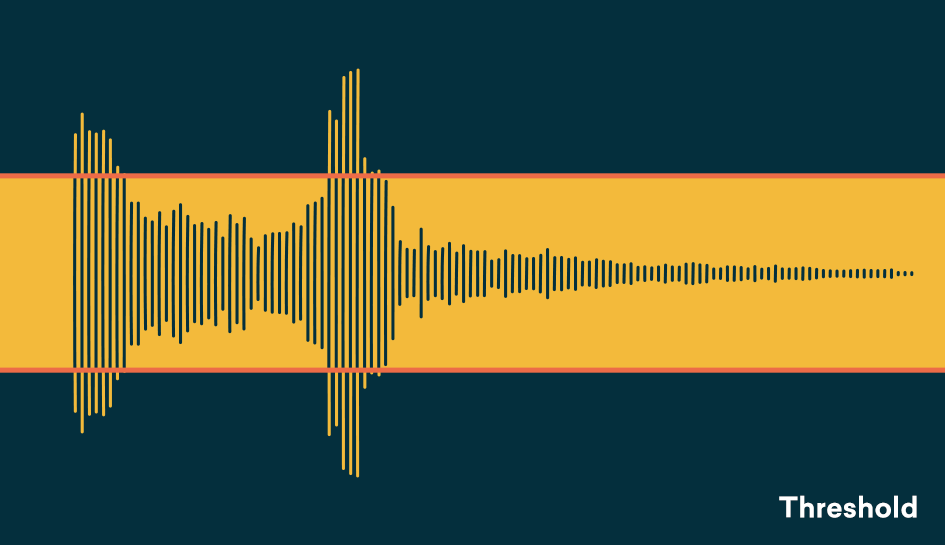
At some point in the production process, you will probably use a compressor in every track that you make. However, it's important not to apply compression where it is not needed.
Compression in mixing is one of a producer’s most important tools, alongside applying EQ, reverb and delay. You'll also use compression when it comes to how to master a song.
The most important thing to remember is that compression cannot be undone, which is why it is worth applying it sparingly in the writing/recording process and saving it for later, in the post-production process.
Compression can be used to apply dynamic control, but can give various elements of a track different characters with the right execution.
From giving a drum bus a crisp, cohesive feeling, to getting a bassline to sound fat and juicy, to injecting some life and colour into a vocal line, compressors are used to shape and mould a song’s elements into a natural-sounding whole.
Compression is not the same as EQ. Compression controls the overall volume of your track whereas EQ controls how much of each frequency is in your final mix.
It's very important that you understand the different functions of these controls before tackling how to mix music in the recording studio.
Listed below are the main settings you’ll usually find on a compressor, their basic function and how you might want to set them.
It's important to know what each of these settings do, otherwise your track will sound wrong and you might struggle to reverse your mistakes. For example, either using a too slow a release or setting the threshold too low will result in your signal being constantly compressed – not what you want unless you’re after this effect specifically.
Threshold is the loudness level at which the signal triggers the compressor to act. This is the first setting you have to adjust.
Lower threshold = more gain reduction.
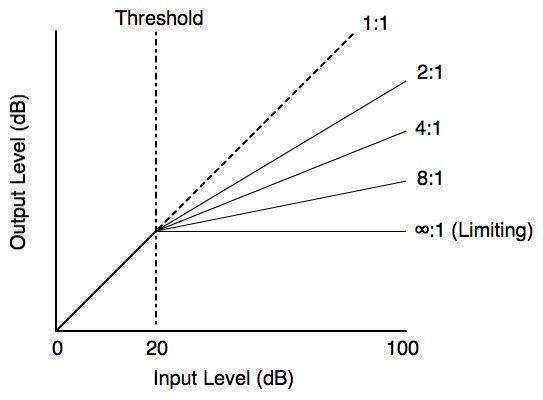
Ratio determines the gain reduction applied once the audio signal passes the threshold.
Larger ratios = more compression.
Different elements sound better at different ratios. For example, bass elements, for which you want to keep quite a consistent volume in a mix (think about a track you like with a nice warm rolling bassline, tend to benefit from higher ratios.
Attack and release determines the timing of your compressor’s action is your main ‘shaping’ tool. The attack affects how quickly it starts working above the threshold, whereas the release affects how quickly it stops working below the threshold.
A fast attack ducks out the signal quicker, so is generally used to control instruments with aggressive transients such as a harp. Using a slower attack is useful for maintaining some punch.
Release, on the other hand, can be used to create a rhythmic effect – a faster release creates a more pronounced ‘pumping’ to the compressed signal, whereas slower releases generally sound more natural.
Tip! Always set your attack/release times to match the rhythm of the track. If the attack on your drums is too fast, you'll get a lifeless sounding drum bus as your transients won’t cut through.
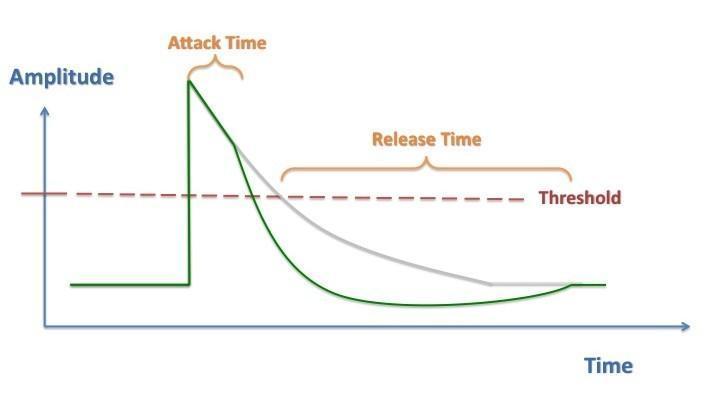
The Knee determines how ‘smoothly’ the compressor reacts around the threshold.
Hard knees are ‘sharper’ and tend to be applied to drums, bass and percussion. Soft knees are more transparent and better for melodic elements and vocals.
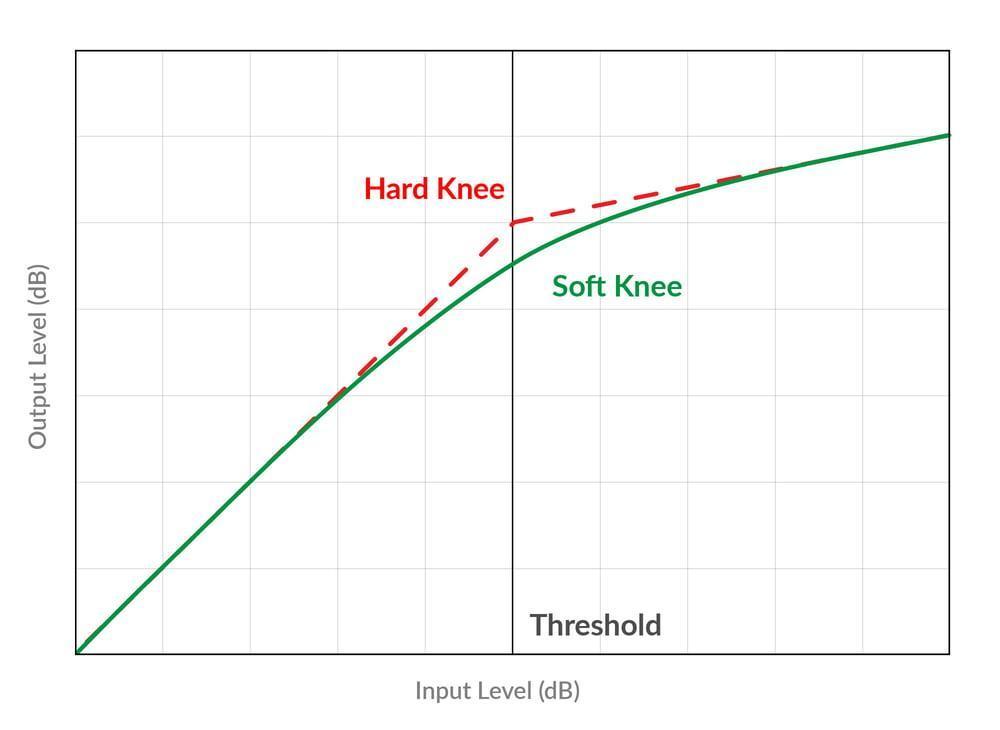
Having reduced your overall dynamic range, you’ll want to reapply some ‘make-up’ gain, to bring up the signal back to the right level in the mix. Be strict with gain staging – if bringing the gain back up to the same dB level, but the track sounds worse, you’re burying aspects you actually want to bring out. Start again.
Whilst I have suggested some settings for certain, what you will want to apply to various elements you’re working on will vary depending on what else is going on in the track. For this reason it is important to have a clear goal you are trying to achieve with compression, so always keep in mind what it is you are trying to do, be that emphasizing a kickdrum’s transients to help it cut through a mix, gelling a number of various percussive elements together or getting the warmer tones in a vocal line more consistent.
Ever wondered how those producers get the kick to cut through really nicely and get the bassline to duck out of the way of the boom? Its compression.
Sidechaining takes the signal from an external source – ie, another instrument – to affect the audio the compressor is acting on. Applied correctly it allows you to hear the initial transient burst of whatever you are sidechaining to, momentarily burst through the track the compressor is on. Kick-bass sidechain is really popular in dance music, though you could of course apply it to other channels such as kick-melody, drums-melody/vocal, kick-drums, or indeed in further creative ways.
Once you have gotten to grips with the basics, it may be worth exploring a few types of compressors to find ones you prefer using. Looking at some emulator plug-ins, such as those offered by Waves Audio or Soundtoys, which mimic the character of traditional outboard compressors will allow you to give your tracks a more personal sound, compared to overusing the stock compressor in your DAW.
VCA compressors tend to be the most common as they offer the most diverse control. Great for both adding a snap and punch, as well as ‘gluing together’ different tracks – check out the SSL G comp, for example.
Tube compressors are great for adding a vintage feel given their slow response to transients. The traditional Fairchild 670 (stereo) and Fairchild 660 (mono) are incredibly rare and worth £40k+.
Optical compressors tend to clamp down on transients quicker, offering smooth musicality. Try the waves emulator, which features all off with Chris Lord-Alge's personal presets.
Similarly, FET compressors can have a very fast attack but great for adding colour and brightness as they can add some harmonic distortion. Many are modeled on the Urei 1176 and are often used in hip-hop and rock vocals
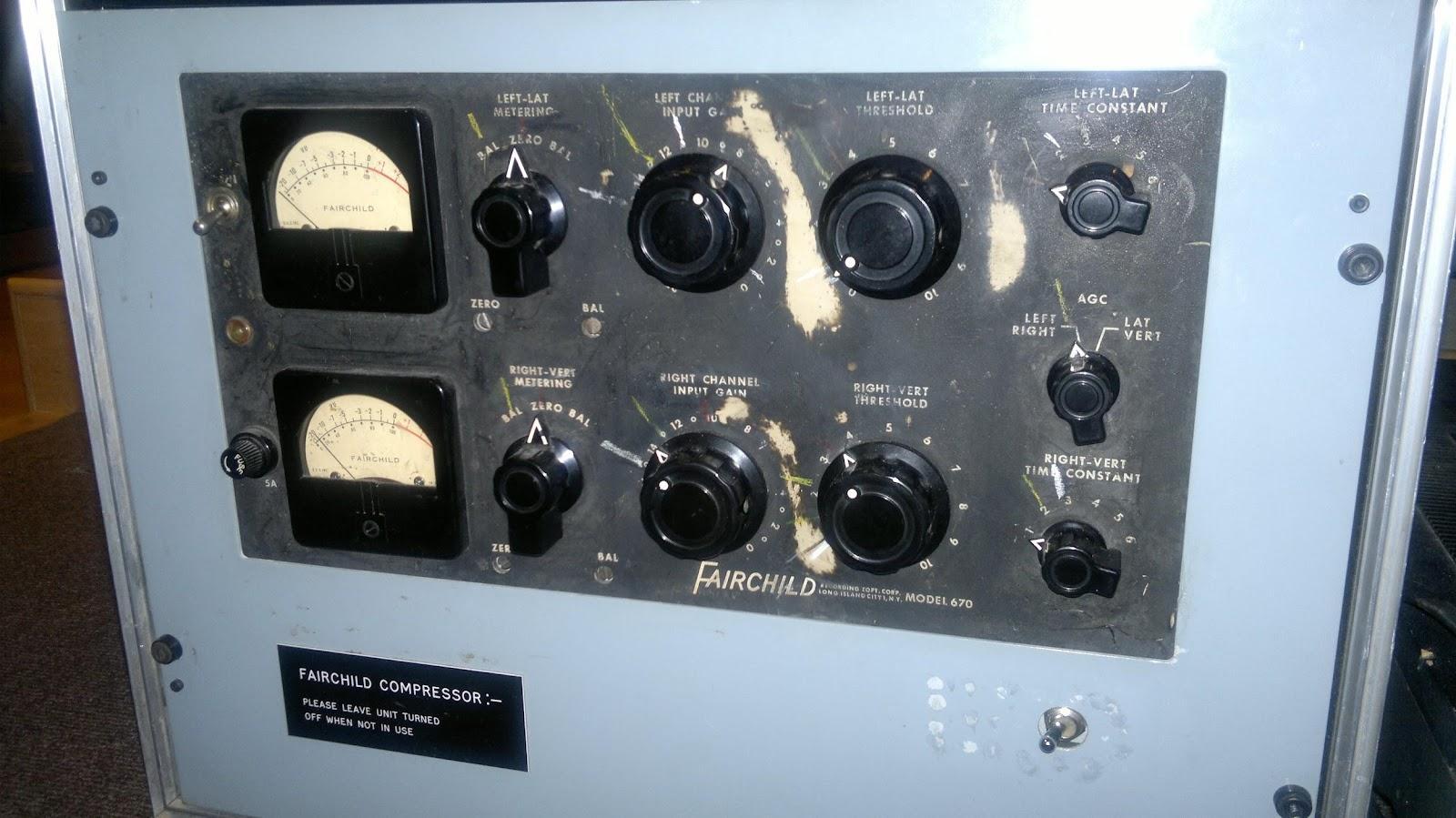
Compression is not bad for audio. However, over-compression is very bad for audio. Don't use compression when it's not needed. Applying a compressor, when you actually want to preserve dynamic range or when volume automation is a more suitable fix.
Like anything, when overused or applied poorly, compression can destroy your audio. You can tell if your song is too compressed if it sounds flat and low in energy
When you over-compress a track, you totally minimise the transients – these are the initial bursts of sound that you hear, the moment a drumstick hits the drum for example. Over-compression will push these elements too far into the body of the sound, leaving you with something that sounds dull and lifeless.
